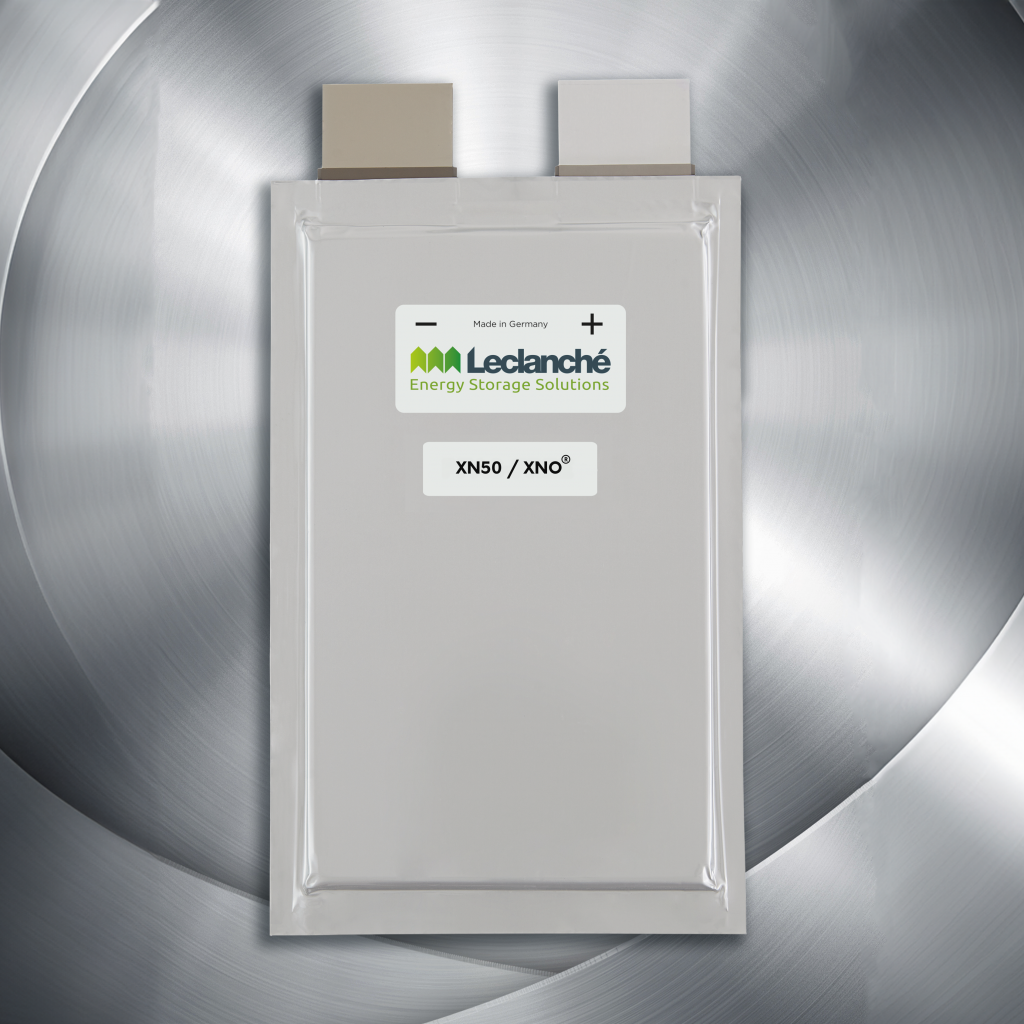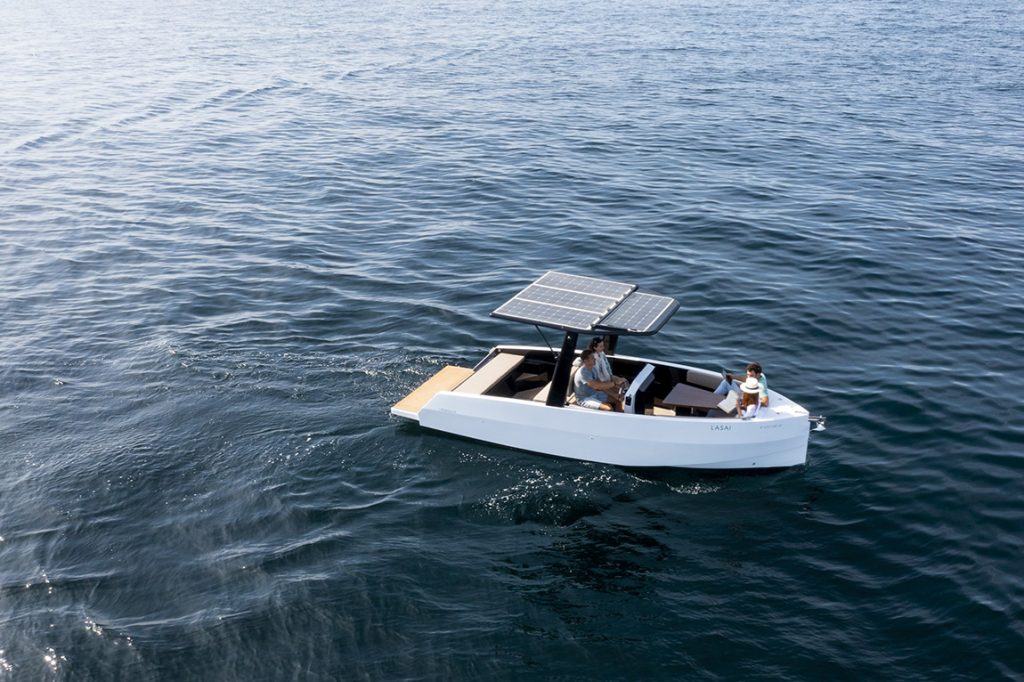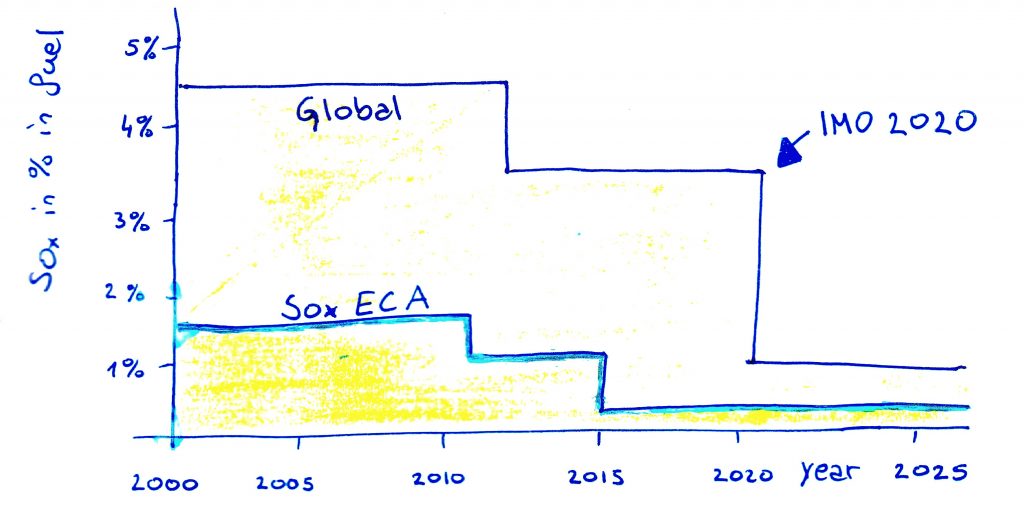 Thanks to modern emission regulations a healthier earth is expected
Thanks to modern emission regulations a healthier earth is expected
How tariffs have the potential to change the U.S. boat market
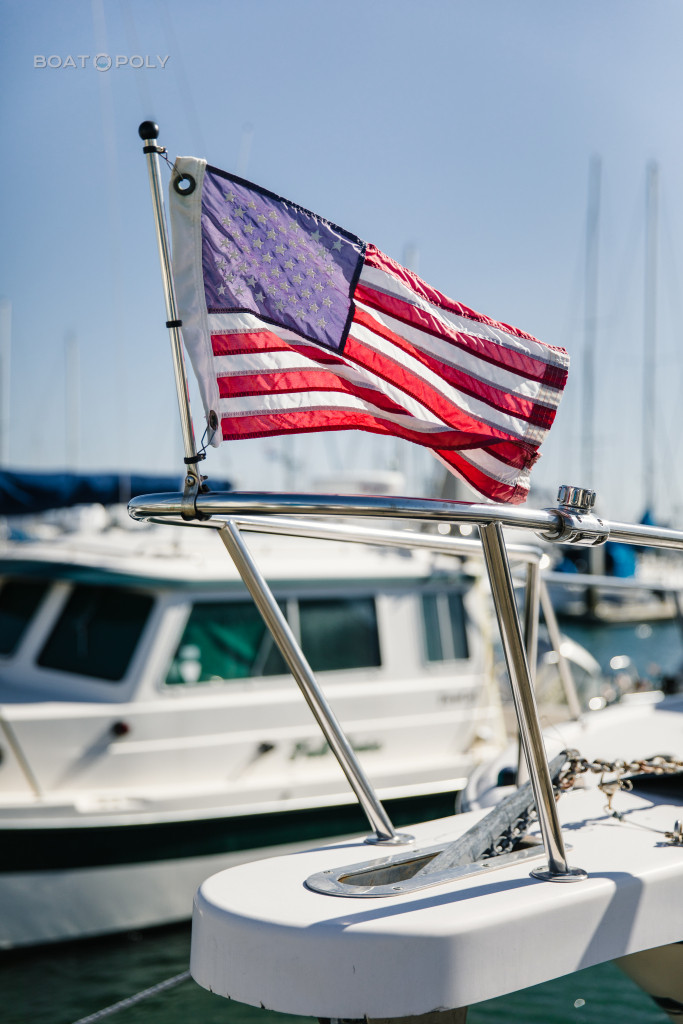
The implementation of import tariffs in the United States is expected to have a significant impact on the boat market, particularly the used boat sector. A 25 % tariff has been imposed on all imported steel and aluminum, effective March 12, 2025. With increasing costs for new boats and shifting consumer behaviour, the industry is set to undergo notable changes. Looking at both recent and historical examples, we can better understand what lies ahead for boat buyers and sellers in the U.S.
Increased demand for used boats
One of the most immediate effects of tariffs is the rising cost of new boats. In 2018, when the U.S. imposed tariffs on imported materials like aluminium of 10 % and steel of 25 %, manufacturers saw a sharp increase in production costs. For example, Chad Kovarik, owner of Action Craft Boats in Florida, reported that prices for some boat components rose by as much as 12 % due to these tariffs. This resulted in higher prices for new boats, prompting consumers to seek more affordable options in the used boat market. With similar tariffs now in place, a resembling shift in demand is expected, with more buyers turning to pre-owned vessels in the U.S. boatmarket after the tariffs.
Historical precedents: the 1991 luxury tax
The current situation echoes the impact of the 1991 U.S. luxury tax, which imposed a 10 % surcharge on new boats costing over USD 100,000. This tax caused a significant decline in new boat sales, forcing consumers to opt for used boats instead. The drop in new boat demand also led to widespread layoffs in the boat manufacturing industry. Eventually, in 2000 the tax was repealed due to its damaging effects on the industry, but it serves as a strong example of how price increases can drive consumers towards the used market in the U.S. boatmarket after the tariffs.
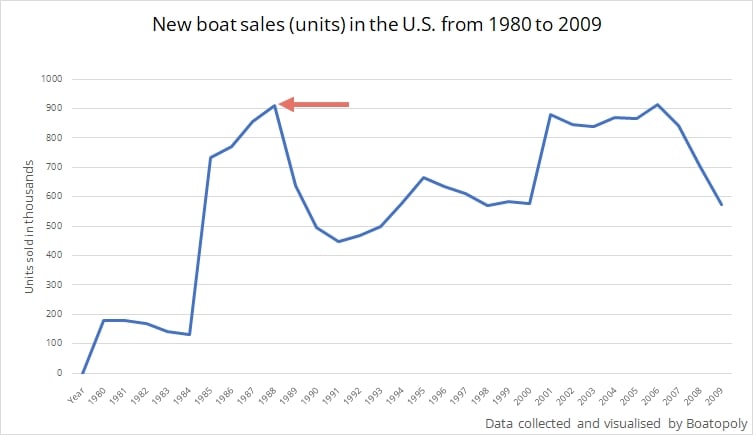
Supply constraints and price volatility
Tariffs not only affect demand but also impact supply. Retaliatory tariffs from trade partners like the European Union, Canada, and Mexico have led to decreased U.S. boat exports that affect the U.S. boatmarket after the tariffs. While this could potentially create a surplus of boats in the domestic market, the rising costs and reduced international orders may push manufacturers to cut production. As a result, fewer new boats will be available, limiting supply in both the new and used markets. The combination of increased demand and constrained supply is likely to cause price volatility, making it more challenging for buyers to find affordable used boats.
The future of the U.S. boat market
With rising costs for new boats and a growing preference for used vessels, the used boat market is expected to become increasingly competitive. Prices may rise due to heightened demand, and limited supply could further drive up costs. For buyers, this means acting quickly when opportunities arise, while sellers may benefit from higher resale values in the U.S. boatmarket after the tariffs. As tariffs continue to shape the industry, stakeholders in the boat market must adapt to these evolving economic conditions.
In summary, the new import tariffs will likely lead to a repeat of past trends – higher prices for new boats, increased demand for used boats, and price fluctuations across the industry. For those looking to buy or sell a boat, staying informed and prepared for these changes is essential.
Advice for buyers and sellers
If you are considering buying a boat, it may be wise to act sooner rather than later before prices rise further due to increasing demand. For sellers, this could be an opportune time to list your boat, as limited supply and heightened interest may allow you to secure a better deal. If you are in search of a new boat are seeking to sell your boat, Boatopoly.com is the right place for you. Place you advert now!
 Thanks to modern emission regulations a healthier earth is expected
Thanks to modern emission regulations a healthier earth is expected
